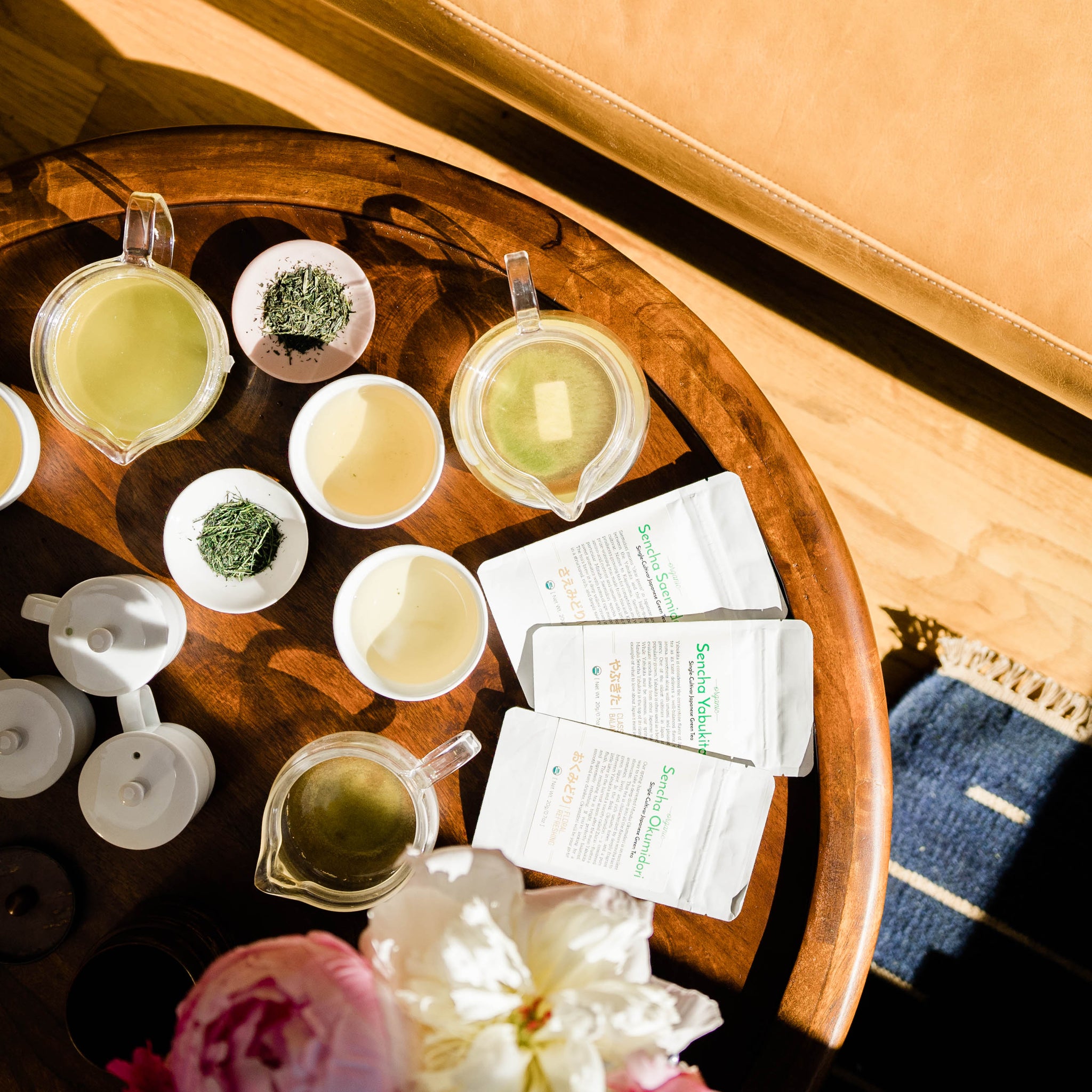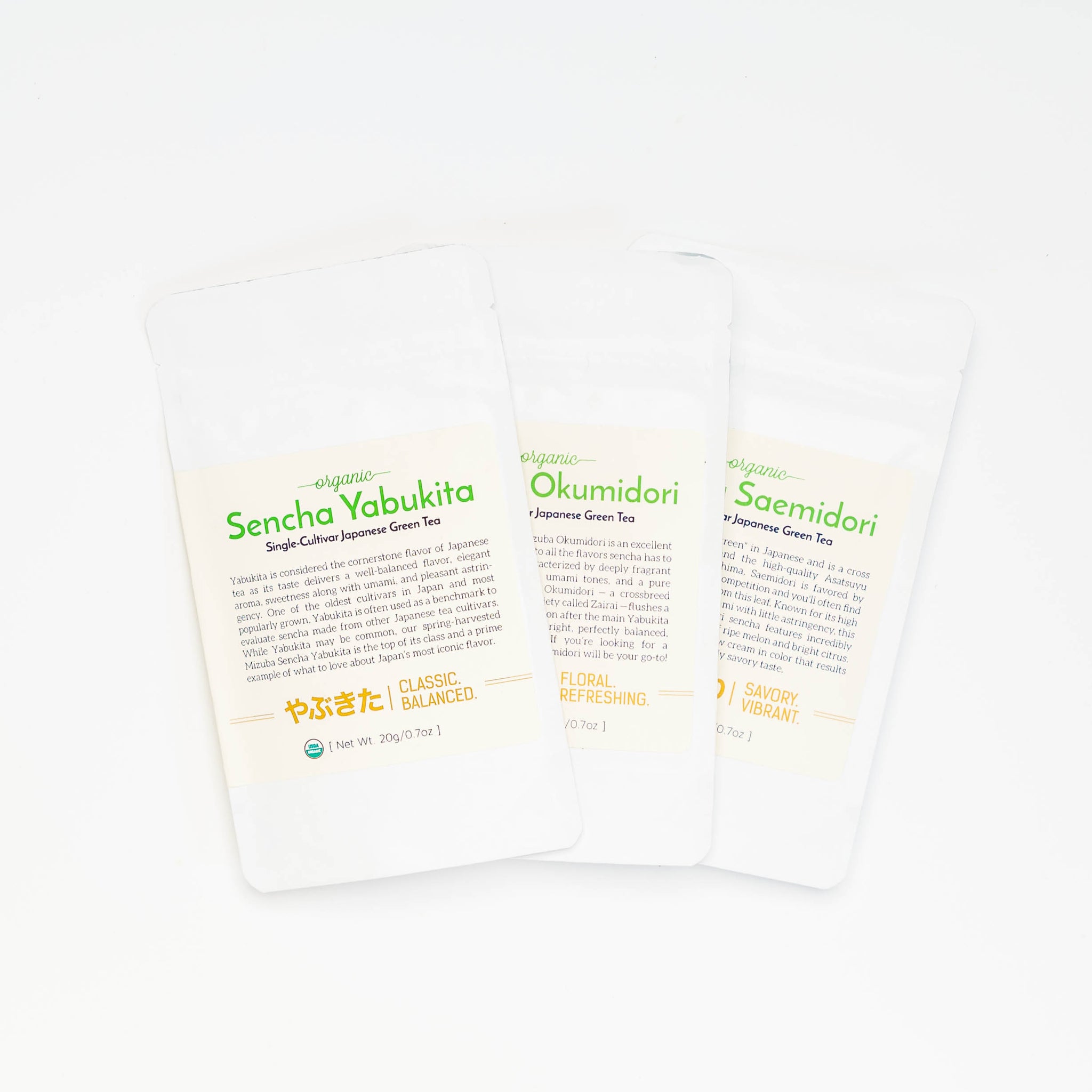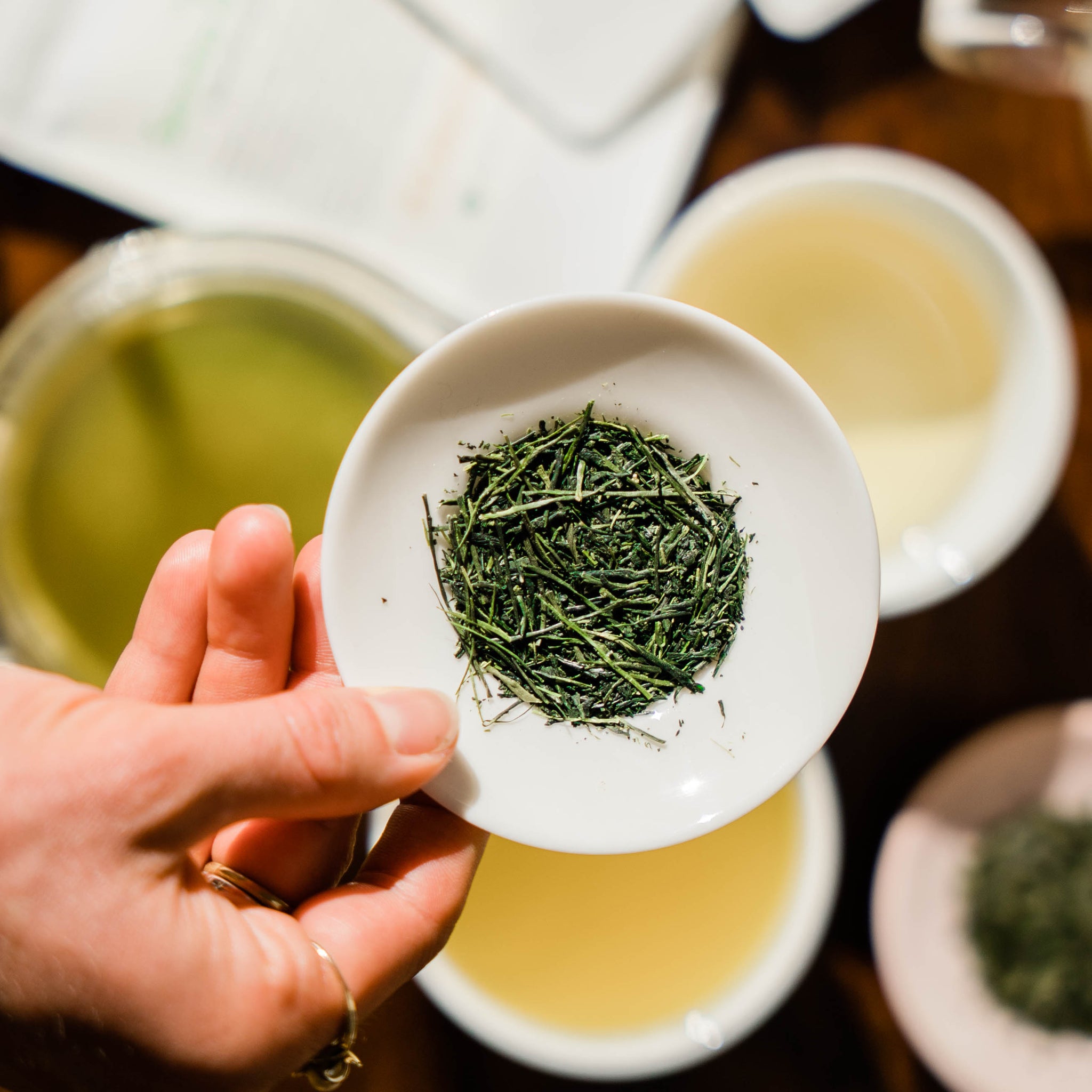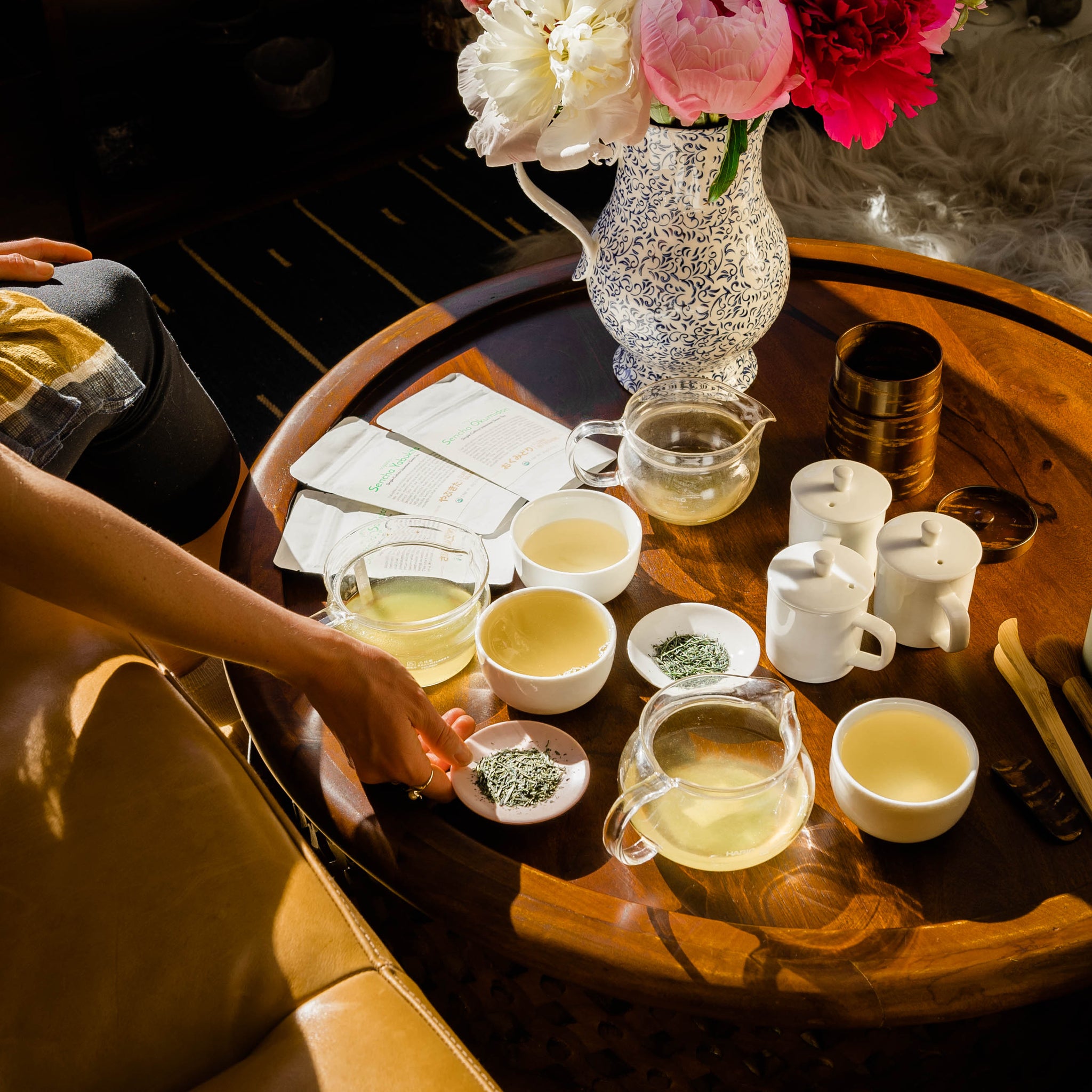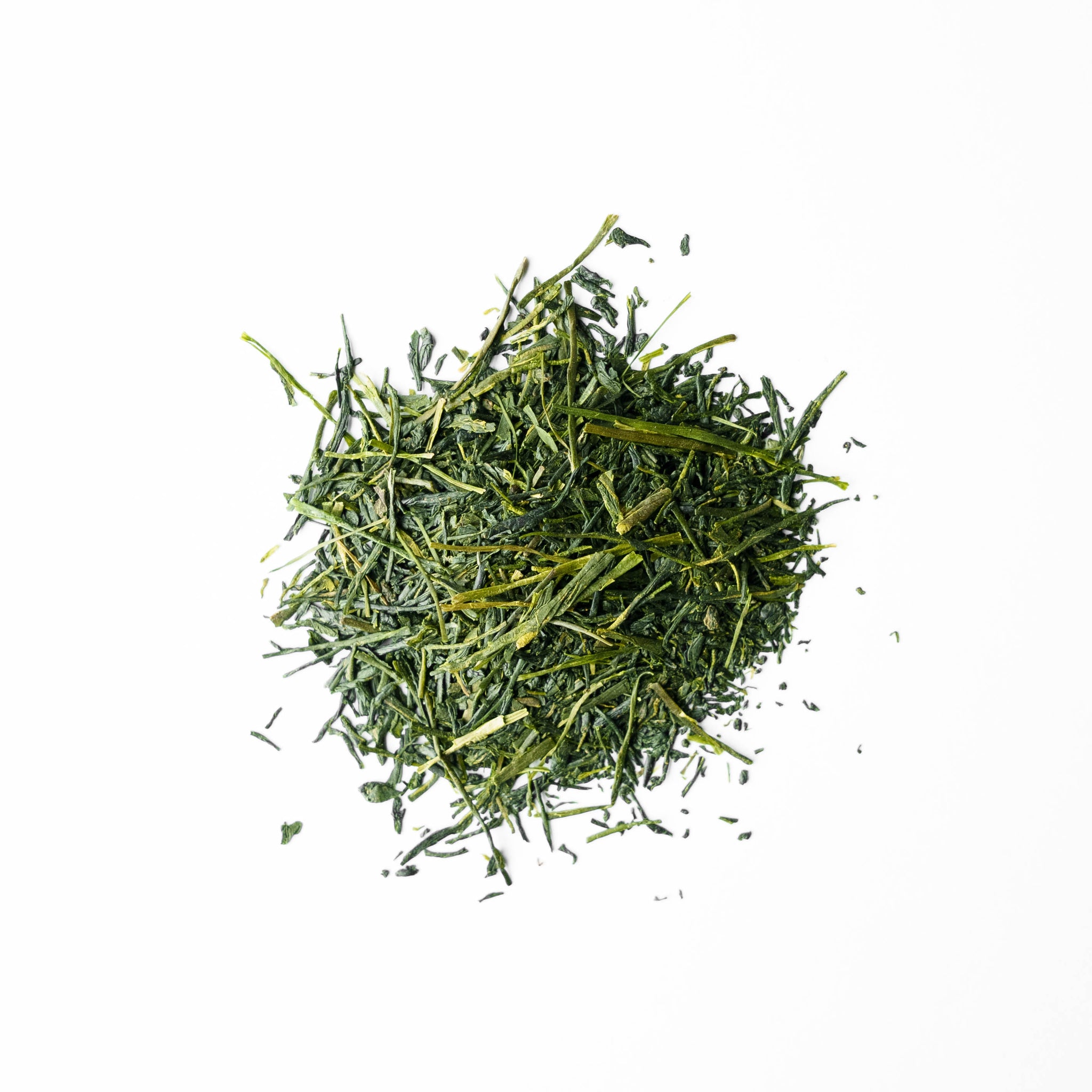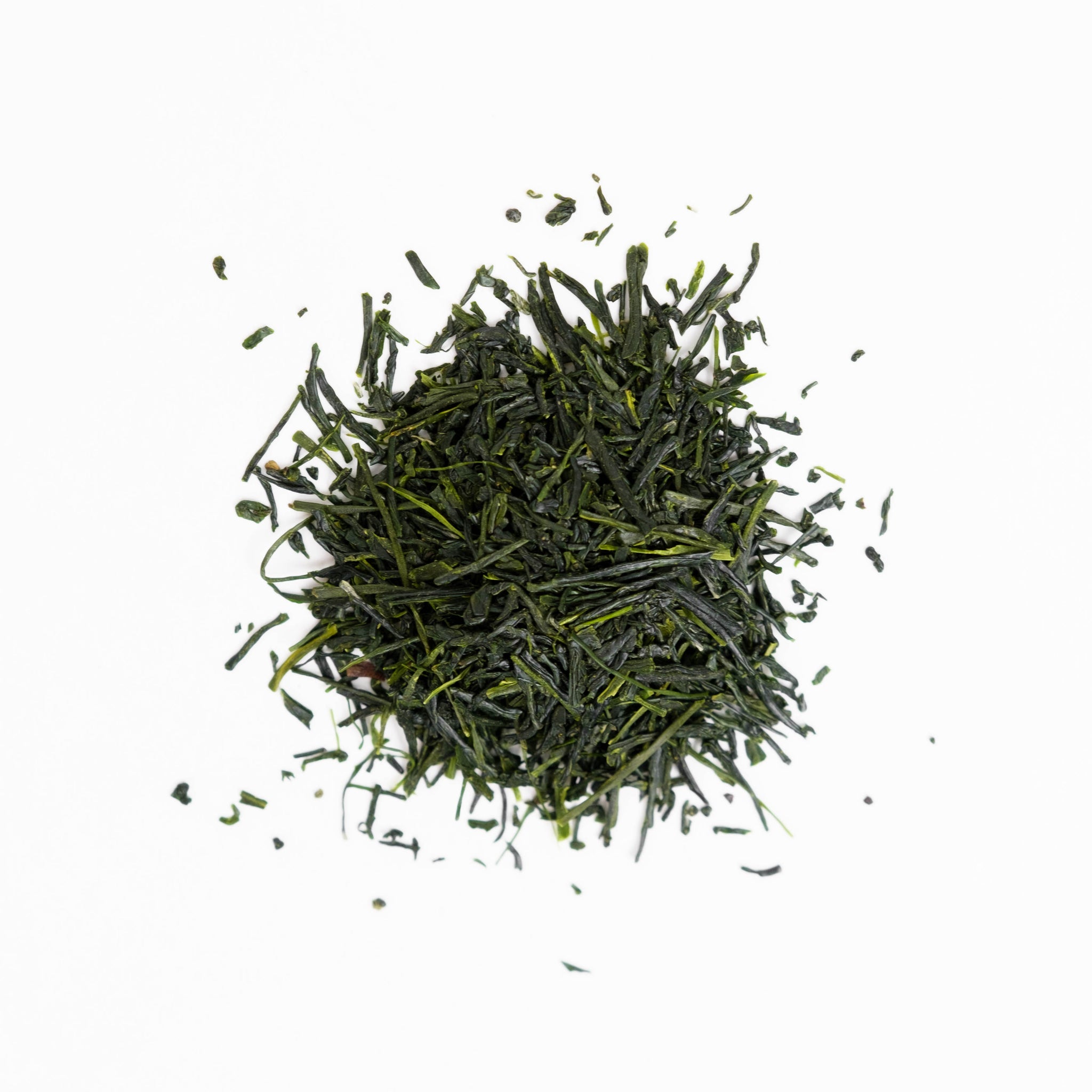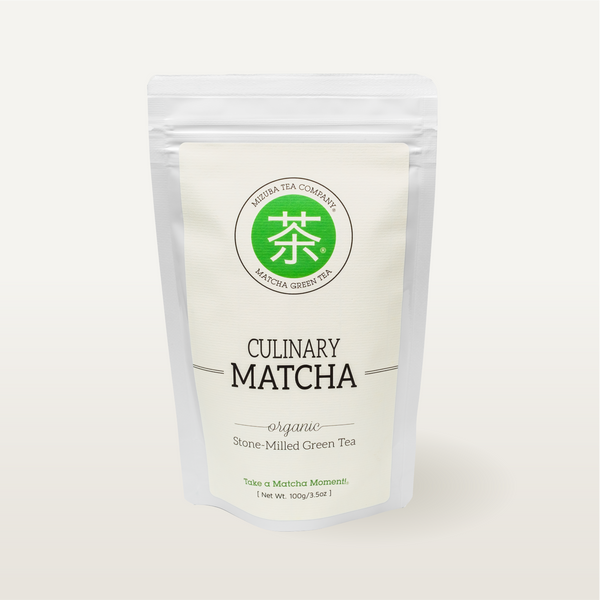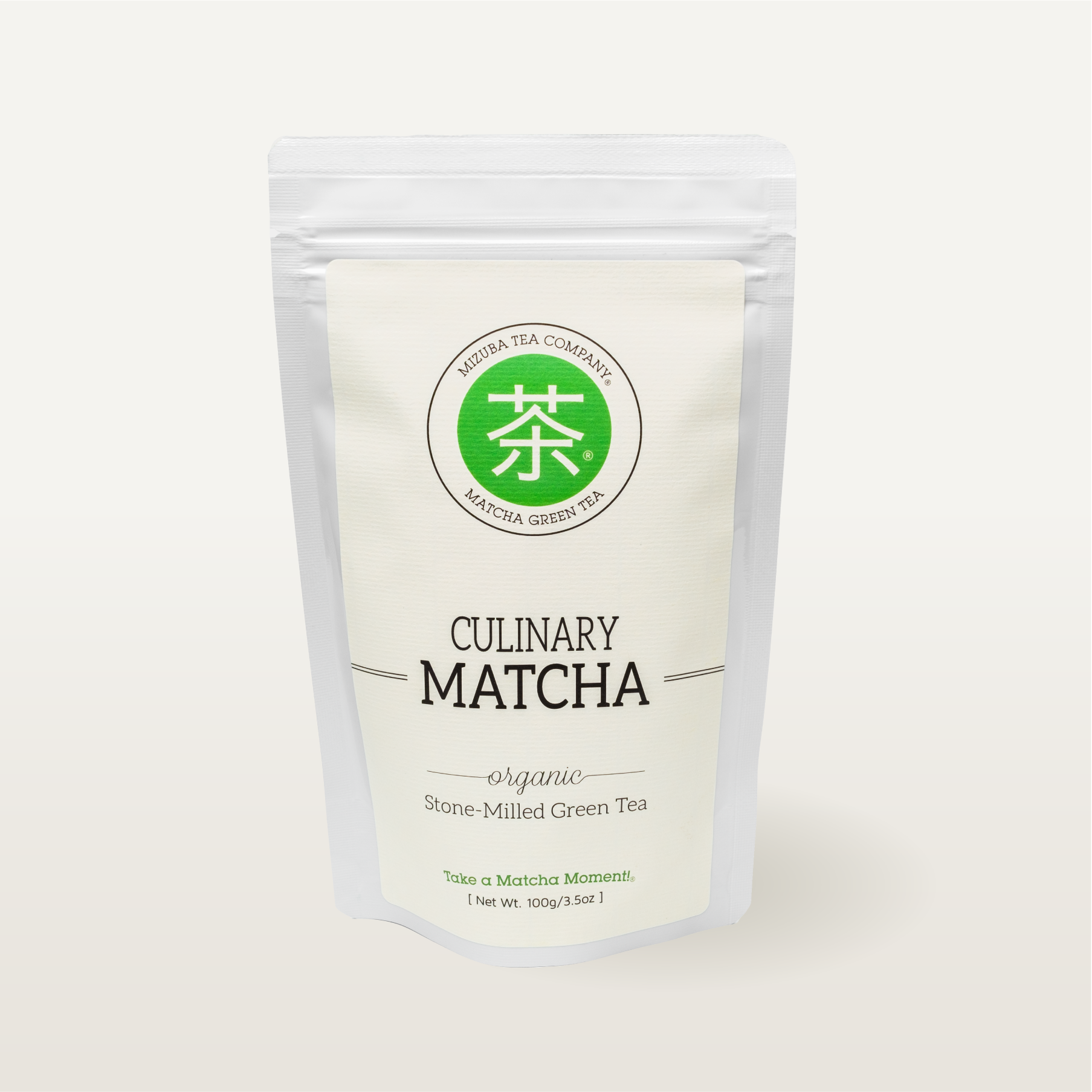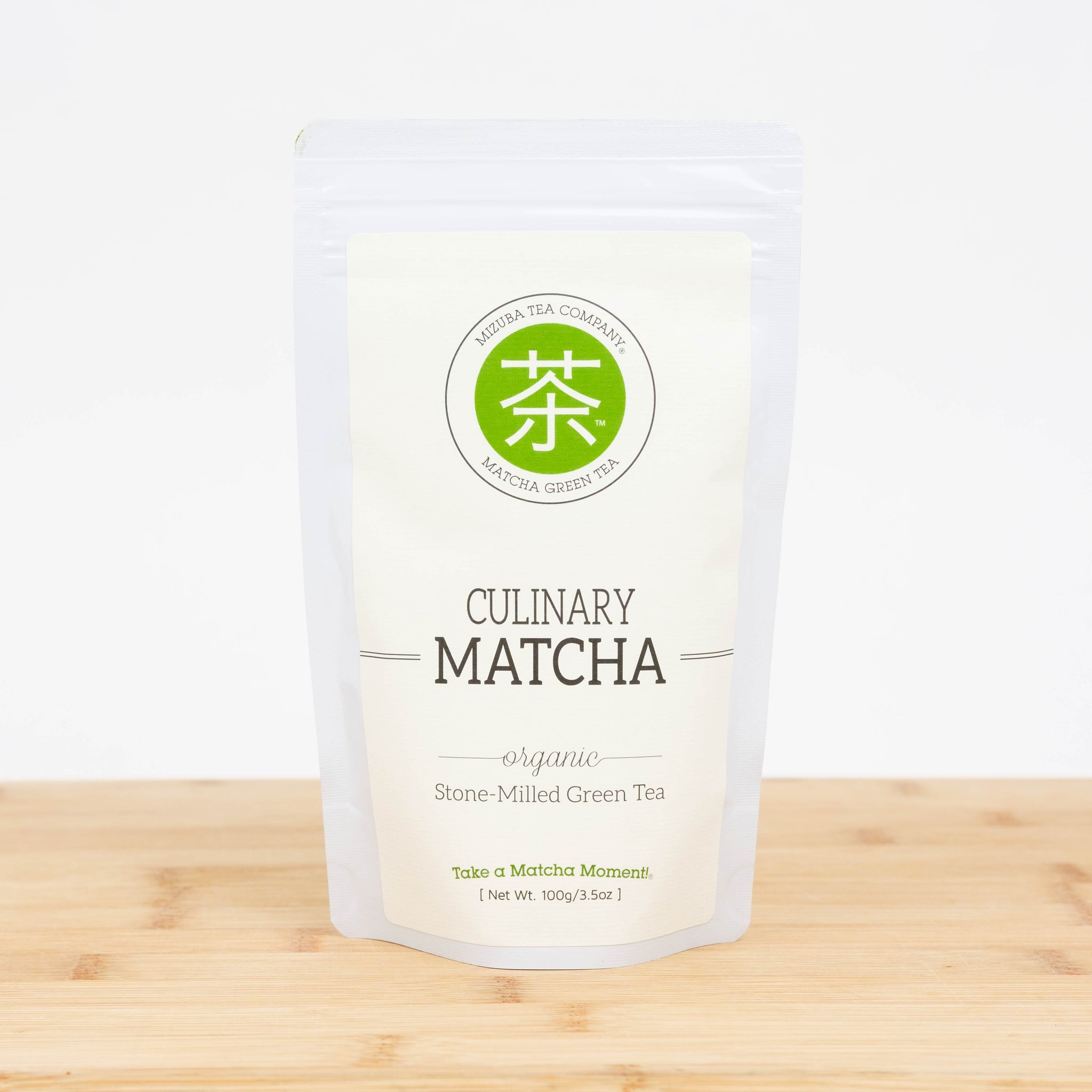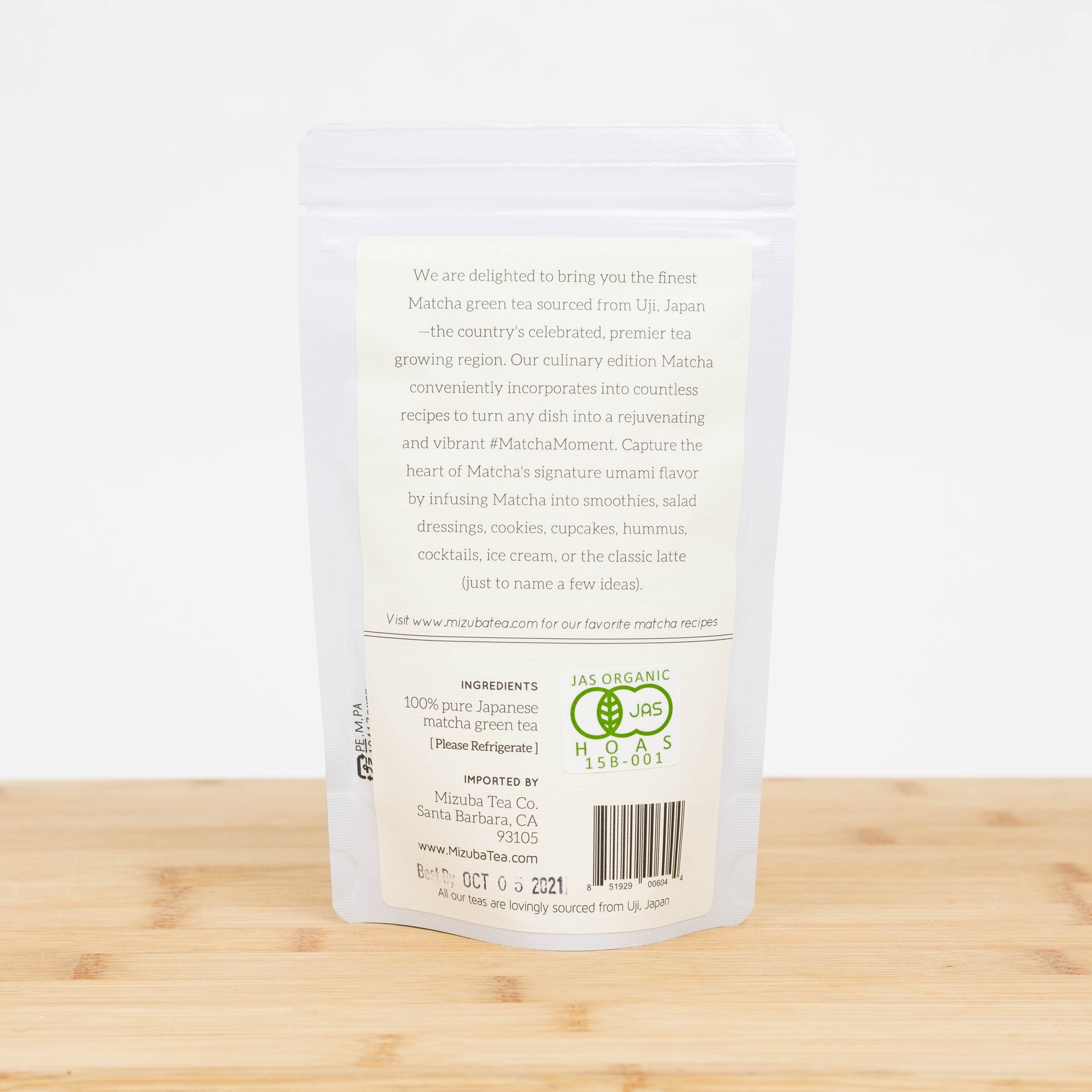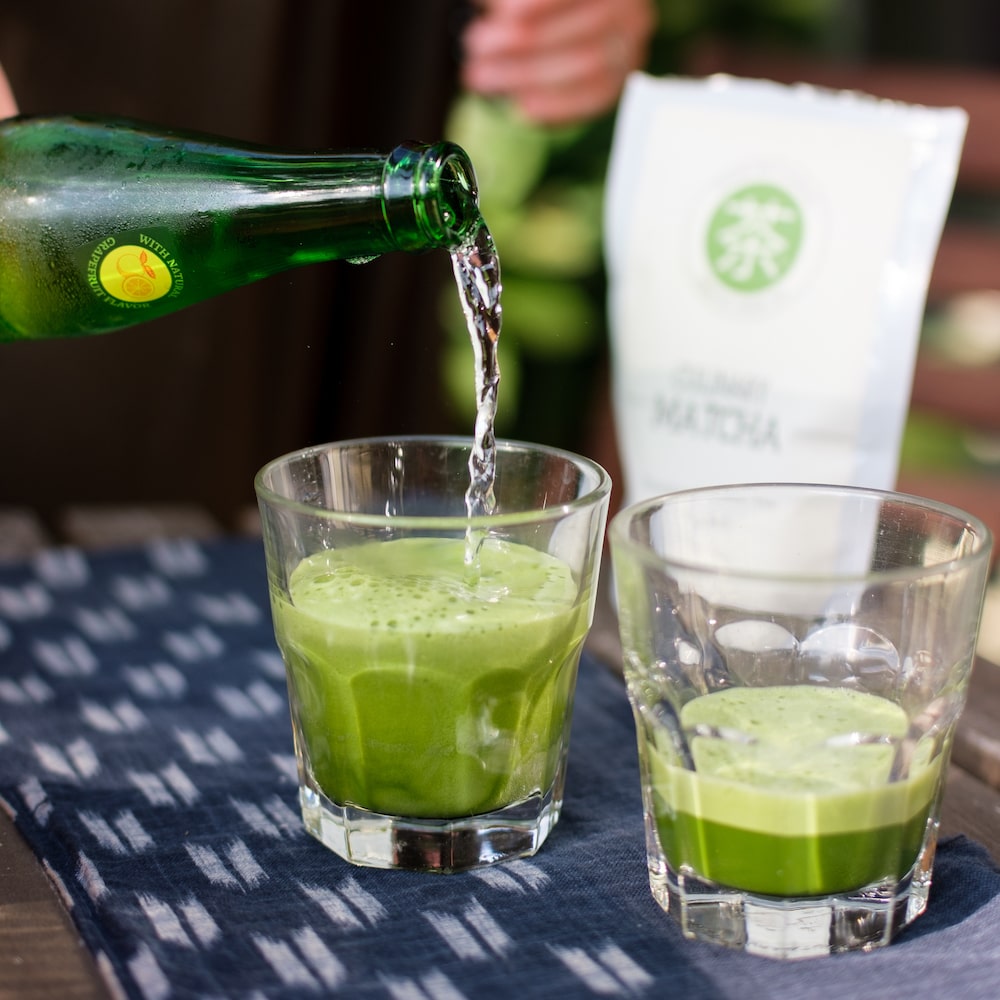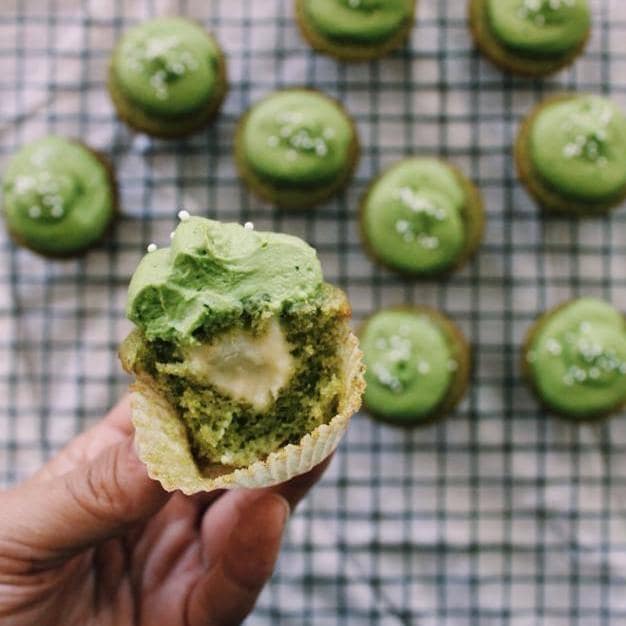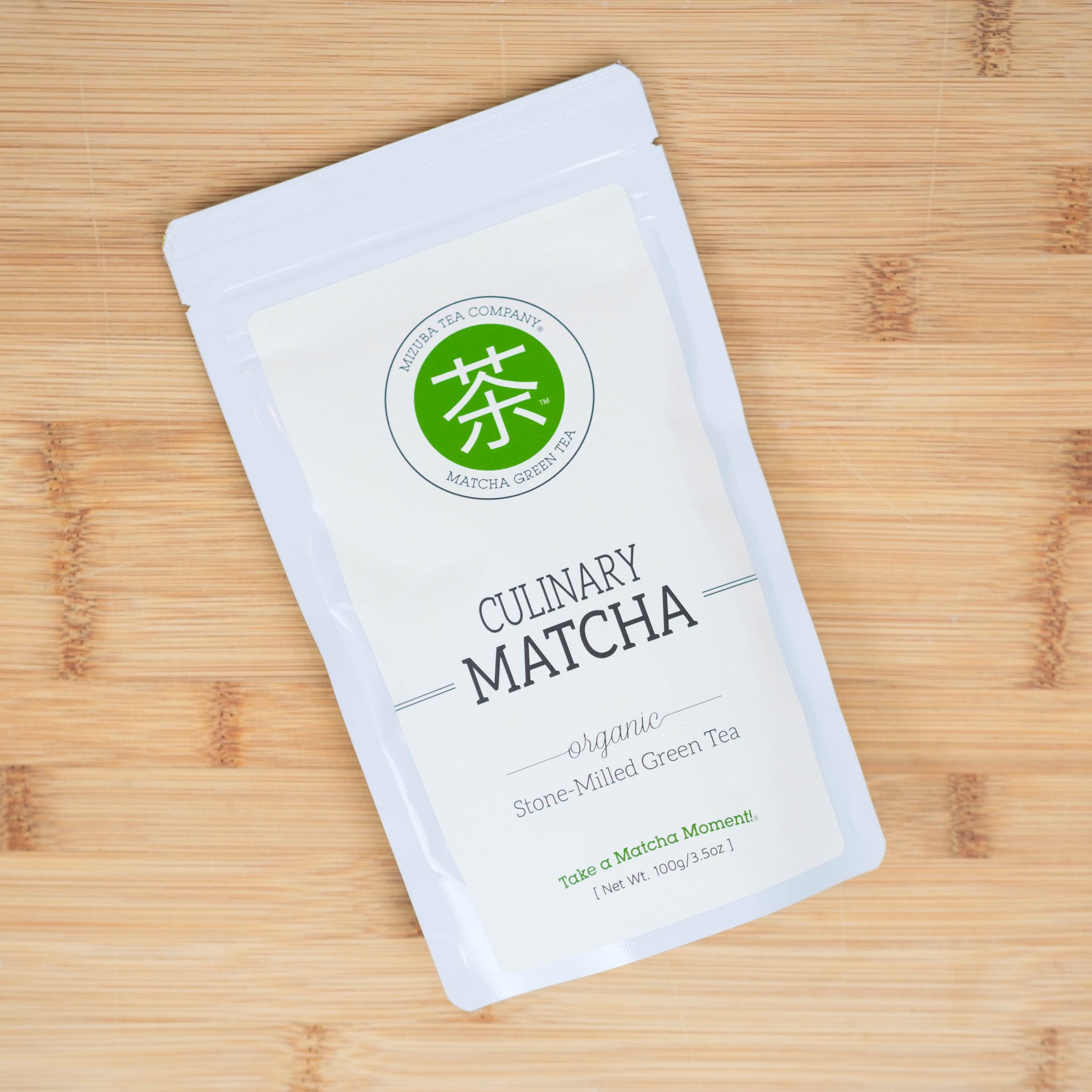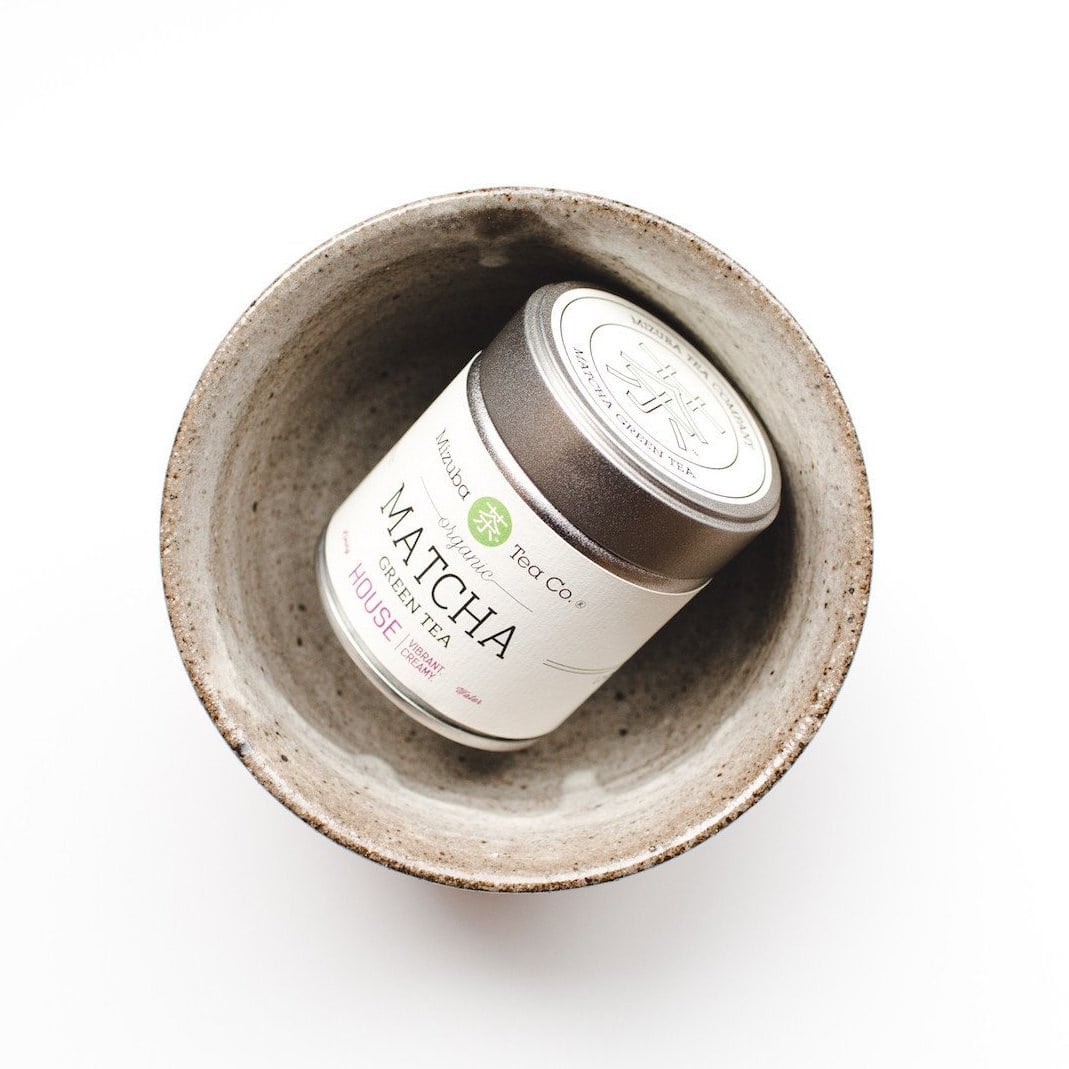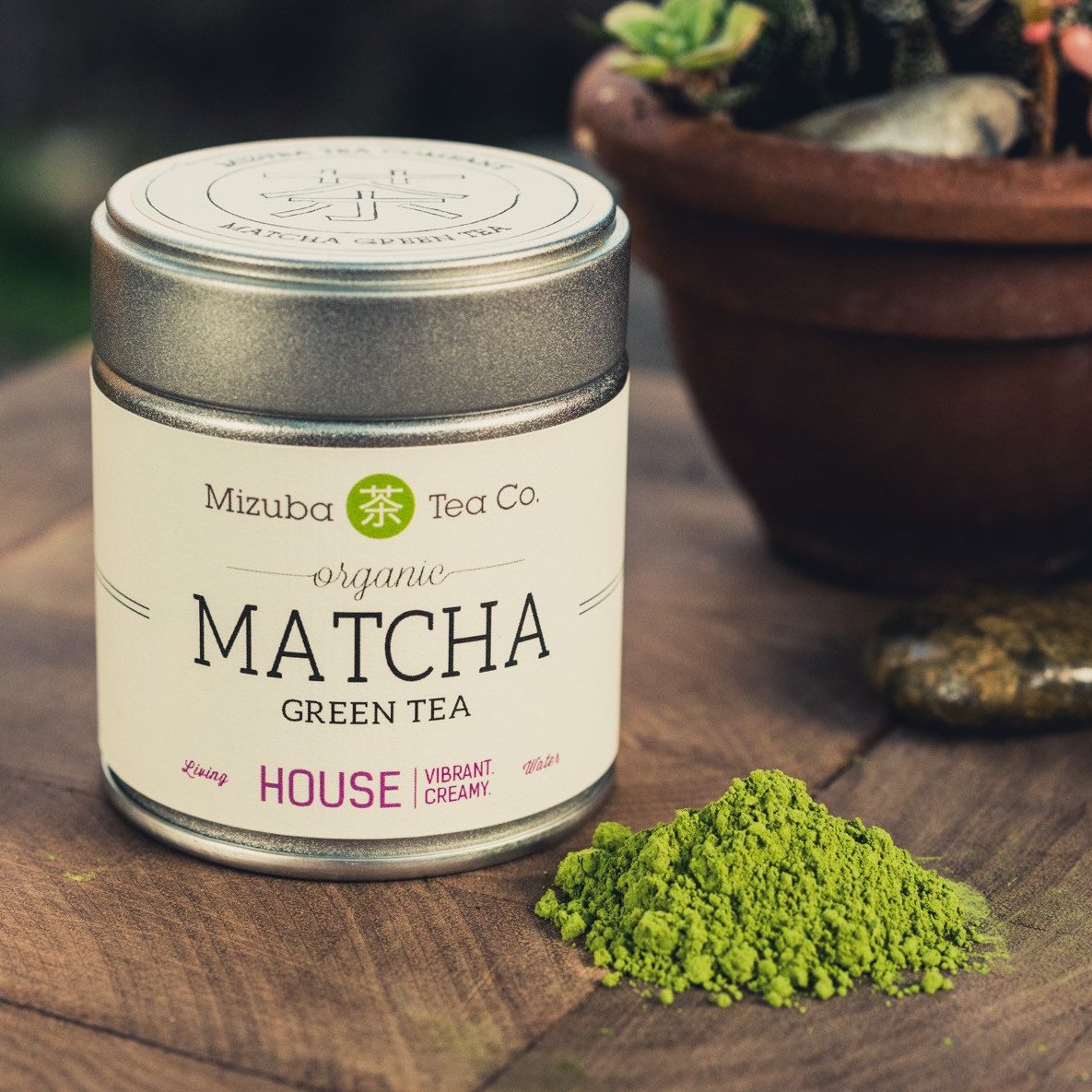Single Cultivar Sencha Tasting Set
Sold Out $ 20.00
This tasting set is currently sold out – but we highly recommend our Single-Cultivar Tasting Set if you want to get deeper into tea!
Take this chance to experience just how vast the world of sencha can be!
You may know sencha to be Japan's most ubiquitous tea, but did you know there are endless styles and categories of sencha? You could be enjoying an orthodox sencha (grown only in the sun), a kabuesecha (shade-grown sencha), or a fukamushicha (deep-steamed sencha)! There is so much more under the surface of the broad category of "Japanese Green Tea."
In this limited-edition tasting set, we provide 3 organic sencha teas specifically defined by cultivar. If you're familiar with our flagship organic sencha yabukita, you'll know a cultivar is a "cultivated variety" of the tea plant that has properties prized by farmers that aid in agriculture – such as how early the specific cultivar will be ready to harvest, or how resistant it is to pest or disease, etc – but also exhibits unique flavor traits!
Our tasting set is a special opportunity to hone your palate, learn, and understand what makes the flavor of excellent heritage Japanese teas.
Each tasting set contains 20g each of:
• Organic Sencha Saemidori さえみどり: native to Kagoshima and officially registered as a cultivar in 1990, saemidori means "clear green" in Japanese and is a cross between the Yabukita and the high-quality Asatsuyu cultivar. Saemidori over the years has been favored by producers growing tea for competition, and you'll often find prize-winning teas made from this cultivar. In the field, Saemidori flushes a little earlier in the Spring season after the main Yabukita flush. Known for its high amino-acid content and umami with little astringency, this particular Mizuba Saemidori sencha features incredibly sweet aromatics with notes of ripe melon and bright citrus. The tea's brew is a deep yellow cream in color that results in a structured, rich, and deeply savory flavor. Our initial tasting notes concluded in the tea being extremely good. Satsuma Town, Kagoshima. (PS - there is also a cultivar called samidori 早緑, "early green," so be sure to note the distinction!)
• Organic Sencha Okumidori おくみどり: officially registered as a cultivar by the National Institute of Vegetable and Tea Science in Kanaya in 1974, Okumidori is characterized by fragrant aromatics and fresh, yet rich umami tones. In the field, Okumidori flushes a little later in the Spring season after the main Yabukita flush. When we first tasted this tea, we felt as though we had been transported directly to the fields of Japan! This brew features bright, distinct yet balanced umami and is a really refreshing tea. Kirishima City, Kagoshima.
• Organic Sencha Yabukita やぶきた: Fundamental to an understanding of Japanese green tea is knowing and appreciating the taste of the tea cultivar Yabukita. Registered in 1953, Yabukita is considered the cornerstone flavor of Japanese tea as its taste delivers a well-balanced flavor, elegant aroma, sweetness along with umami, and pleasant astringency. One of the most popularly grown (accounting for over 70% of Japan's tea production), Yabukita is often used as a benchmark to evaluate sencha made from other Japanese tea cultivars. While Yabukita may be common, our spring-harvested Mizuba Sencha Yabukita is the top of its class and a prime example of what to love about Japan’s most iconic flavor. You can expect juicy green apple, custard, and light guava aromatics (tropical!). Flavor-wise, our organic sencha yabukita is a refreshing and perfectly balanced brew with a long finish, textbook of the delicious umami Japanese taste in tea. Makizono, Kagoshima.
Don't miss this opportunity to truly taste the refined nuances each sencha has to offer and find which cultivar you're a fan of. We have a limited lot of each sencha, so make sure you order this set now!
We'd also love to hear your tasting notes -- make sure to leave a review of your favorite!
Brew Guide:

To start to taste all 3 teas next to each other, we recommend using one base recipe and see how they each respond. As you get to know each tea, we encourage you to slightly alter one variable at a time. For example, after enjoying the teas at 6g / 180ml / 170ºF / 1 minute, you may try brewing the tea at 165ºF or even 160º. You can try hotter water paired with shorter brewing times, etc. You may try cooler water with longer brewing times. The journey is yours!
Type: Japanese Loose Leaf Tea
Related Items
Daily Matcha Green Tea
$ 21.00
Start by making Matcha part of your daily routine. Essential for anyone looking for a lifestyle centered around wellness, this fresh and delicious tea is perfect for your morning fix...
View full product detailsCulinary Organic Matcha
$ 32.00
Can’t get enough of our matcha green tea? Great, we can’t either! Here's our secret to every matcha latte, smoothie, cookie, and dish: Mizuba Culinary Organic Matcha. As a powder,...
View full product detailsHouse Organic Matcha Green Tea
Sold Out $ 25.00
We are currently waiting on a fresh shipment of our House Organic Matcha. Need matcha now? If you love House, we think you'll love the flavor profile of our Organic Nagomi...
View full product detailsOffset My Carbon Footprint
$ 11.84
Donation for offsetting the carbon footprint of your order.
View full product details
